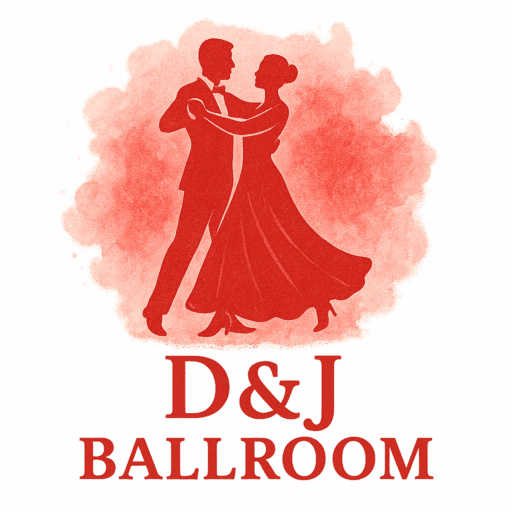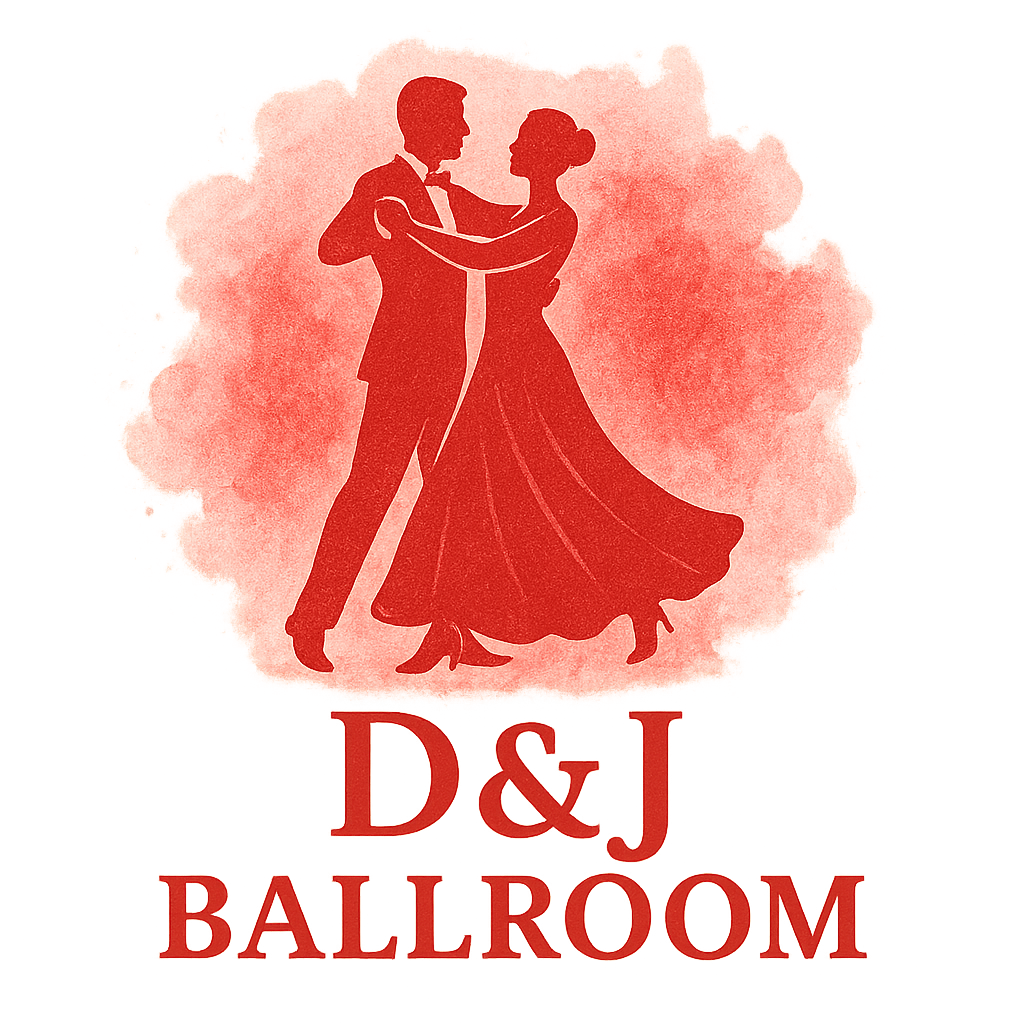Introduction: Why Strong Ankles & Legs Matter in Ballroom
When you watch a graceful waltz or a fiery tango, you’re really seeing the incredible strength of a dancer’s ankles and legs at work. These muscles provide the control, balance, and artistry that ballroom is famous for. Without them, your performance looks shaky, and your endurance fades quickly.
Strong ankles and legs are like the foundation of a skyscraper—you can’t build elegance without stability first. That’s why ballroom technique drills targeting these areas are essential for every dancer, from beginners to competitors.
👉 If you want to dive deeper into the roots of this beautiful art form, check out the full history and culture of ballroom dance.
Understanding the Role of Ankles and Legs in Ballroom Dance
Your lower body is the engine of ballroom. From smooth glides in the waltz to the grounded actions of the tango, strong ankles and legs make all the difference.
Balance and Control
Dances like foxtrot or Viennese waltz demand controlled rise and fall. Ankle stability ensures you don’t wobble or lose posture while your partner depends on you.

Power and Endurance
Think about the quickstep. Those bursts of energy come from strong calves and thighs, which let you stay sharp until the last beat.
Injury Prevention
Weak ankles can easily roll or twist, cutting your practice short. Training them helps prevent injuries so you can prepare for competitions with confidence.
What Are Ballroom Technique Drills?
Importance of Drills in Training
Just like athletes train with conditioning exercises, dancers need ballroom drills. These are focused exercises that break down the essentials—ankle articulation, balance, and posture.
👉 Explore more on ballroom techniques and training to understand how professionals refine their craft.
How Drills Enhance Performance
The smoother your drills, the smoother your dancing. For instance, a simple rise-and-fall drill dramatically improves your waltz, while resistance band work strengthens your tango stance.
Preparing for Ankle and Leg Drills
Before you jump into these eight drills, set yourself up for success.
Warm-Up Essentials
Try light jogging or ankle circles for 5 minutes. Warming up increases circulation, just like tuning an instrument before a concert.
Stretching for Flexibility
Dynamic stretches—like leg swings or ankle rotations—help increase range of motion, a must for dances with intricate footwork like the rumba and cha-cha.
Safety Tips Before Drilling
If you’ve had past ankle injuries, ease in slowly. Listen to your body and avoid overtraining.
Drill #1: Rise and Fall Exercises
How to Perform It
Stand tall in ballroom posture. Rise slowly onto the balls of your feet, hold, then lower with control. Repeat 10–15 times.
Benefits for Ankles and Legs
This drill builds calf and ankle strength, which is vital in the waltz, where rise-and-fall defines the style.
Drill #2: Foot Articulation Roll-Throughs
Step-by-Step Guide
From standing, roll through your foot from heel to toe with deliberate control. Alternate feet.
Common Mistakes to Avoid
Avoid rushing. Smooth articulation translates directly to dances like the foxtrot.
Drill #3: Resistance Band Ankle Strengthening
Proper Execution
Loop a resistance band around your foot. Push against it in all directions to mimic dance pressures.
Why Dancers Love This Drill
It isolates ankle strength, which helps prevent fatigue in long training sessions.
Drill #4: Calf Raises with Ballroom Posture
Technique Breakdown
Keep your dance frame strong, then rise and lower with precision.
Variations for More Challenge
Try single-leg raises or add weights for extra resistance. These simulate the demands of competitive ballroom events.
Drill #5: Balance and Core Alignment Holds
How to Do It Correctly
Stand on one leg in dance posture for 30 seconds. Engage your core and keep shoulders relaxed.
Linking Balance to Dance Movements
This is especially useful for Latin dances like rumba, where you often rely on one supporting leg.
Drill #6: Latin Hip Action with Controlled Footwork
Execution Steps
Practice Cuban motion slowly, emphasizing ankle roll-throughs and grounded hip action.
How It Strengthens Ankles & Legs
This drill combines Latin hip action with ankle control, sculpting both strength and style.
👉 Want more Latin inspiration? Explore different ballroom dance styles.
Drill #7: Waltz Rise and Glide
Detailed Walkthrough
Step forward, rise gently, glide smoothly, and lower in rhythm. Repeat across the floor.
Musicality and Control Benefits
This drill connects ankle control with waltz musicality, perfect for dancers preparing for competitions.
Drill #8: Plyometric Jumps for Ballroom Power
How to Safely Do Plyometrics
Perform small jumps with soft, cushioned landings. Always keep knees slightly bent.
Benefits Beyond Strength
These explosive drills add the power and stamina you need in high-energy dances like quickstep or jive.
How to Incorporate Drills into Your Training Routine
Frequency and Repetitions
Do 2–3 sessions weekly, with 10–15 reps per drill.
Tracking Progress
Keep a journal or even record your drills to see improvements over time.
Common Mistakes When Practicing Technique Drills
Overtraining the Ankles
More isn’t better. Rest is just as important as practice.
Ignoring Posture
Don’t collapse your frame just to complete reps. Ballroom is about elegance, always.
Skipping Warm-Ups
Cold ankles are vulnerable. Always warm up before attempting drills.
Additional Tips for Building Strong Ankles & Legs
Nutrition and Recovery
Support your muscles with protein, hydration, and rest.
Cross-Training Options
Yoga and Pilates complement ballroom perfectly by improving flexibility and core alignment.
👉 Curious about style on and off the floor? See ballroom attire and fashion for inspiration.
Conclusion
Strong ankles and legs are the unsung heroes of ballroom dance. They give you elegance in the waltz, power in the tango, and precision in the cha-cha. By practicing these eight ballroom technique drills consistently, you’ll notice better balance, greater endurance, and smoother artistry on the floor.
The next time you glide across the floor, remember: strength starts from the ground up.
FAQs
What are the best daily drills for ankles?
Rise-and-fall and foot articulation drills are perfect for daily practice.
How long does it take to see results from drills?
With consistency, expect visible improvements in 4–6 weeks.
Can beginners do these ankle and leg drills?
Absolutely. Start simple with calf raises and progress gradually.
Do I need equipment for all these drills?
No. Only the resistance band drill requires extra gear.
How can I prevent ankle injuries in ballroom dance?
Warm up, strengthen consistently, and wear the right ballroom footwear.
Are these drills useful for Latin and Standard styles?
Yes—ankle and leg strength benefits every ballroom style, from rumba to quickstep.
Should I train ankles and legs every day?
3–4 times per week is ideal, giving muscles time to recover.


